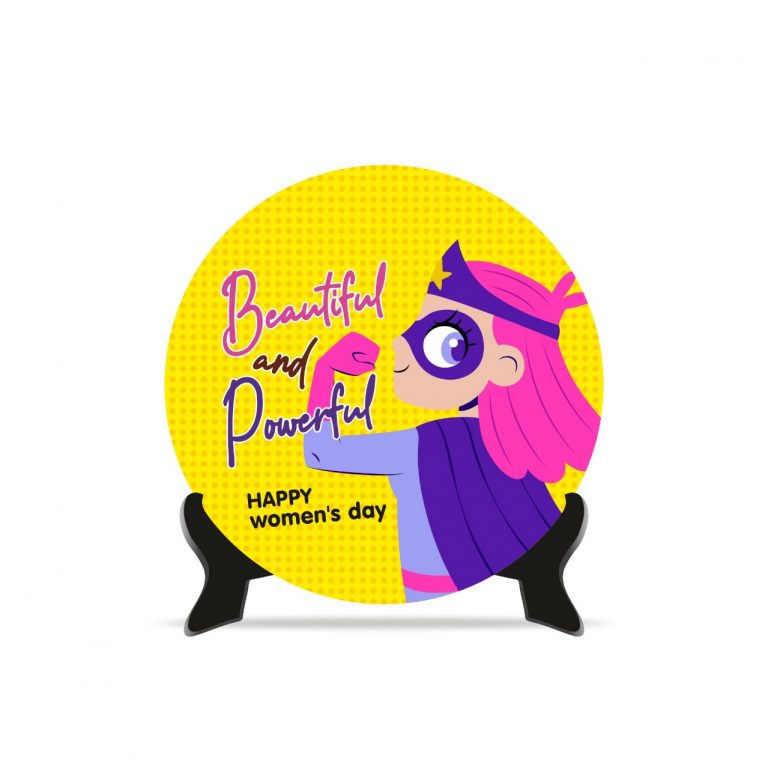What Makes a Workplace Truly Toxic?
Most people spend more than one-third of their lives at work. So when the environment is negative, unhealthy, or toxic, it doesn’t just affect productivity-it impacts mental health, well-being, and even long-term career satisfaction. Recognizing toxic workplace signs early can help employees make informed decisions and encourage leaders to take meaningful action.
A toxic work environment doesn’t always start with big problems. Often, it grows from small issues that go unaddressed-passive-aggressive behavior, poor communication, or favoritism. Over time, these problems lead to burnout, disengagement, and high turnover.
This article outlines 10 critical signs of a toxic workplace you shouldn’t ignore. Spotting these workplace culture red flags can help protect your team, your brand, and your bottom line.
1. Constant Gossip and Rumors
One of the first toxic workplace signs is an environment where gossip thrives. When the grapevine becomes more trusted than leadership, communication breaks down. Employees waste time speculating instead of focusing on collaboration and results.
This behavior often points to an unhealthy work culture where trust is missing, and employees don’t feel safe speaking up. Organizations that ignore this red flag often see damaged reputations and declining morale.
In a truly healthy culture, transparency replaces whispers. Teams feel confident getting information from reliable, official sources-not hallway chatter.
2. Fear-Based Leadership
When leaders manage through intimidation, threats, or emotional manipulation, it creates a toxic work environment. Employees may work out of fear rather than inspiration, often suppressing their opinions and creativity.
One of the most dangerous signs of a toxic workplace is when people avoid managers altogether or are afraid to bring up challenges. This fear-based dynamic can destroy team morale and stifle innovation.
Strong leaders build psychologically safe spaces where questions and failures are seen as growth opportunities-not punishable offenses.
3. Lack of Work-Life Balance
If employees are regularly expected to work overtime, cancel vacations, or stay connected after hours, it’s one of the clearest toxic workplace signs. Burnout isn’t a badge of honor-it’s a symptom of an unhealthy work culture.
Over time, unrealistic demands affect employee health, engagement, and retention. When teams feel guilty for taking time off or setting boundaries, it reflects poor leadership planning and a lack of empathy.
Workplaces that value sustainability over non stop hustle typically foster more loyal, creative, and productive teams.
4. Micromanagement Everywhere
While clear direction is helpful, over-controlling managers can be demoralizing. One of the subtle workplace culture red flags is micromanagement. It signals a lack of trust and kills motivation.
In a toxic work environment, employees are often second-guessed, criticized for minor issues, or forced to follow rigid processes without room for innovation. This kind of leadership leads to disengagement and high turnover.
Empowering employees with autonomy and accountability creates a culture of ownership and pride.
5. No Recognition or Appreciation
Another overlooked sign of a toxic workplace is the absence of recognition. When effort and results are taken for granted, employees begin to feel invisible. Motivation plummets.
A consistent lack of appreciation is one of the key toxic workplace signs that erodes morale. Whether it’s a small “thank you” or a public celebration of success, recognition plays a major role in building a positive culture.
In high-performing teams, appreciation is frequent, sincere, and woven into daily interactions-not just annual reviews.
6. Cliques and Favoritism
When promotions, projects, or praise are regularly given to a select few-regardless of performance-it’s one of the most visible workplace culture red flags. Favoritism damages team cohesion and creates resentment.
Unhealthy work culture often includes exclusionary behavior where certain employees are consistently left out of decisions or social events. This divides teams and breeds conflict.
Related Posts
A culture rooted in fairness, inclusion, and merit builds stronger, more collaborative workplaces.
7. Lack of Communication and Transparency
Another core sign of a toxic workplace is inconsistent or unclear communication. When employees are the last to hear about changes, goals, or decisions, it creates confusion and distrust.
In a toxic work environment, leadership may withhold information or share it in ways that seem evasive. Employees begin to feel disconnected from the company’s mission and direction.
Transparent communication fosters a sense of belonging and shared purpose-two vital pillars of a thriving culture.
8. High Turnover and Low Morale
If your organization constantly sees people leave-especially top performers-it’s time to investigate. High turnover is one of the loudest toxic workplace signs. People don’t leave jobs; they leave toxic cultures.
Chronic departures typically signal deeper issues: lack of growth, poor leadership, or unhealthy work culture. Exit interviews often reveal truths that anonymous surveys miss.
Retention strategies must begin with improving culture, not just offering counter-offers or perks.
9. Discrimination or Bias Goes Unchecked
When biased comments, discriminatory behaviors, or exclusion are tolerated-or worse, normalized-it’s a severe toxic work environment indicator. Inclusion isn’t optional; it’s essential.
Ignoring or downplaying these issues is among the most serious workplace culture red flags. It creates trauma, legal risk, and a fractured team.
Building a fair, respectful culture means training leaders, holding people accountable, and empowering every employee to feel seen and heard.
10. Feedback Is Ignored or Punished
One of the most damaging signs of a toxic workplace is when employees feel they can’t share honest feedback without facing consequences. When feedback loops are broken, growth stalls.
In an unhealthy work culture, feedback becomes a threat-not a tool for improvement. Employees learn to stay silent, and innovation suffers as a result.
Healthy organizations actively seek feedback, respond constructively, and use it as a foundation for change.
Toxicity Is Fixable-But Only If You See It
Toxic cultures don’t always look dramatic from the outside. They often hide behind glossy branding or big promises. But the internal damage is real and measurable-lost talent, declining trust, and reduced performance.
Recognizing toxic workplace signs early allows HR leaders and founders to make changes before it’s too late. From enhancing communication and promoting inclusion to training leaders and valuing employee voice, the solutions are within reach.
At Amazing Workplaces®, we help organizations audit, assess, and transform unhealthy work culture into environments of care, growth, and innovation. Because the best companies don’t just avoid toxicity-they build cultures that inspire people to thrive.
Disclaimer: The views, data and case studies we publish on our website are purely based on publicly accessible information and organizational disclosures. Amazing Workplaces® does not take a position on any legal or regulatory matters concerning any information available on our website.










